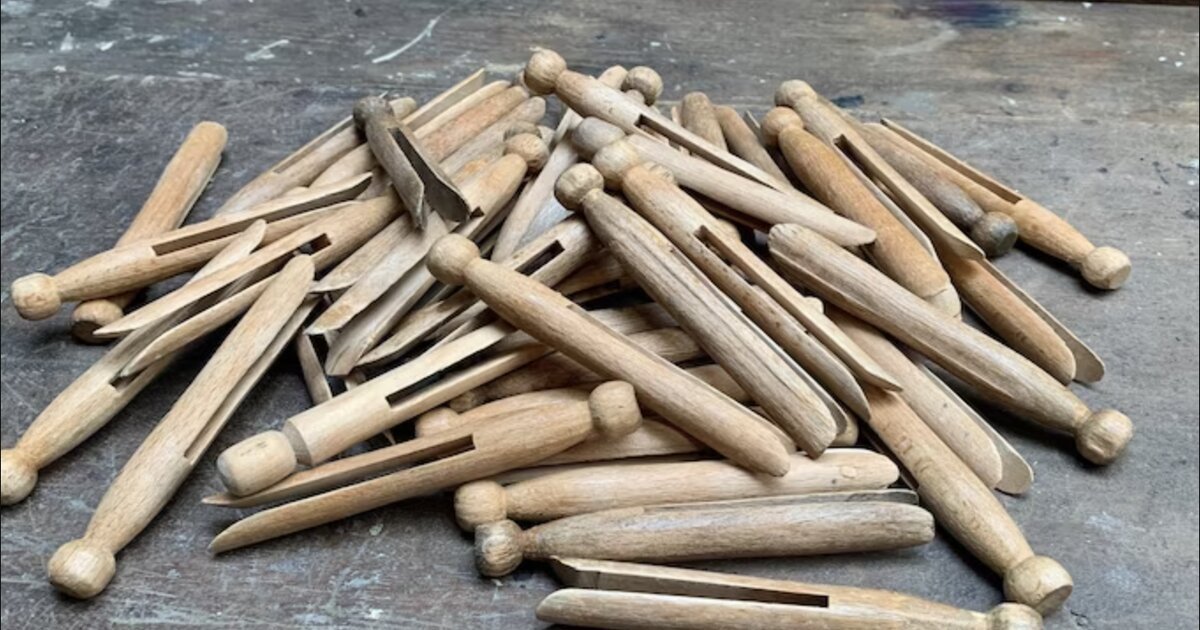Wooden clothespins have a long history, dating back to the 19th century when laundry was labor-intensive and clothes had to be hung out to dry. Initially made from materials such as bone, metal, or horn, wooden clothespins gained popularity due to their affordability and accessibility. Early versions were carved by hand, demonstrating the skill and precision of craftsmen who took pride in their work.

Beyond their primary function of hanging clothes, wooden clothespins have found numerous other practical uses. They can be employed as chip bag clips, photo holders, and craft tools. Their versatility makes them a staple in households, workshops, and even art studios. Furthermore, their durability
ensures they withstand years of use, making them an eco-friendly alternative to disposable plastic clips.

In our fast-paced digital world, the old wooden clothespin represents a return to a simpler era. They evoke memories of childhood, when hanging laundry on a sunny day was a common chore and a time for family togetherness. The act of using wooden clothespins connects us to our roots, reminding us of the resourcefulness and ingenuity of previous generations.
Old wooden clothespins are still available for purchase.




